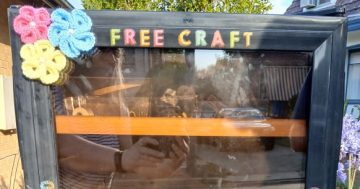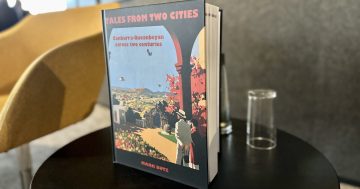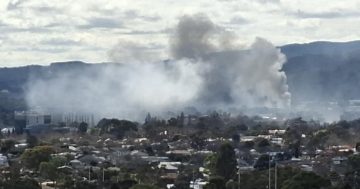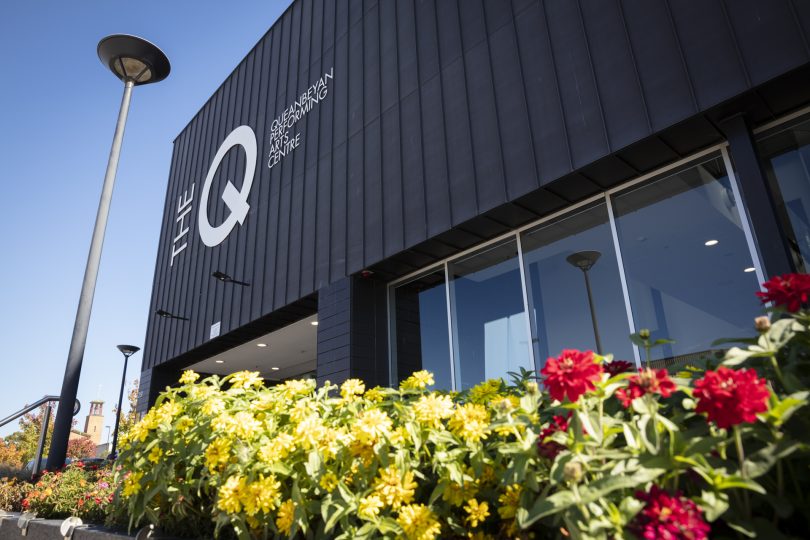
Queanbeyan boasts world-class cultural facilities and a striving cultural community. Photo: Thomas Lucraft.
“You have to catch the Queanbo bus!”
“More like the povvo bus!”
I can still hear the slurs today that used to hound me and the handful of other kids who caught the Deane’s bus to and from school in Canberra to our homes in Queanbeyan.
Despite being a short 20-minute drive out of the inner south, Queanbeyan may as well have been another country, given the almost patriotic pride my peers took in dissing the town.
My family moved to Queanbeyan from country NSW in 1998 and lived there until 2011 when my parents moved to a rural property, and we kids found our own homes. When I moved out aged 21, I was thrilled to be leaving Queanbeyan behind me. I used to joke that I got in the car and drove north and intended never to head south again.
I was keen to rid myself of the Queanbeyan stigma that had dogged me through school. We were teased by peers who lived in Canberra based on the stereotype of Queanbeyan as a rough town full of down-and-out working-class folk, riddled with crime, and home to the reluctant residents who couldn’t afford to buy a house in Canberra, which (it was implied) was where we all wished to live.
I’d be lying if I said at least some of these assertions weren’t based on a sliver of truth. It’s true that living adjacent to Queanbeyan Park, I would regularly be woken up by police sirens and the sound of scuffles in the early hours of the morning as people in varying states of inebriation were hauled off for public disorder.
We did have to queue for our morning and afternoon buses at the local interchange where the well-known older sex worker would be lounging against a wall smoking and spruiking her wares, and also where a heritage-listed building turned into a squat before eventually being set alight. The charred remains stood untouched for practically a decade before developers bought the lot and built a towering apartment block.
And it’s also true that my parents sent us to school in Canberra because the reputation of schools in Queanbeyan was dire.
But now, with hindsight, I have to wonder what came first: the lousy reputation or the downtrodden aspect of Queanbeyan? Was it a vicious cycle where one continued to produce the other, with the town unable to really flourish for as long as it was treated as the place where people lived as a last resort when priced out of Canberra?
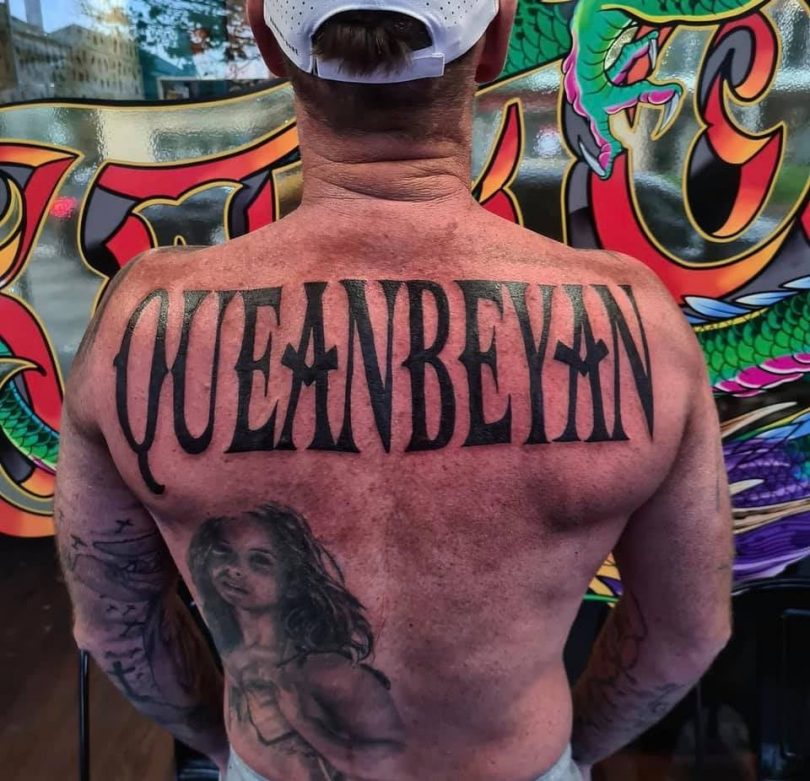
Residents are passionate about their love of Queanbeyan. Photo: Deep Image Tattooing.
Of course, in the decades since my time in Queanbeyan, things have changed a lot. Back then, people knew that it was more affordable to buy and live in Queanbeyan, but buying in Canberra was still a realistic prospect. Now, people are flocking to the close regions as housing prices in Canberra break new records almost weekly. Suddenly, Queanbeyan isn’t so bad.
And stigmas aside, Queanbeyan really isn’t so bad.
In fact, there’s a unique culture to the place that I was too blind to see as a teenager but can appreciate now.
There’s a genuine sense of community – the same post office staff, pharmacists and bank tellers have been serving my family for years and always get a special card at Christmas time. There are some excellent op shops that haven’t been completely plundered by Canberra hipsters, where you can always find a bargain. There is a growing list of cafes and restaurants, as well as some classics that have been around for eons, still soldiering on despite the impact of the pandemic. Also, you can’t forget that the biggest and best Spotlight is in Queanbeyan, which is reason enough for a visit.
The old stereotypes were also only negative if viewed within the paradigm of elitist snobbery from which they came. In fact, by virtue of being affordable, Queanbeyan has a vibrant multicultural community and generations of locals who have lived and loved in the town without giving a hoot what Canberra thought of them.
I am curious if the old rivalry between Queanbeyan and Canberra is finally over, as more Canberrans flock across the border to find a life where they aren’t paying 80 per cent of their income on their mortgage. Is Queanbeyan no longer the poor cousin but the independent and flourishing sibling to Canberra?















